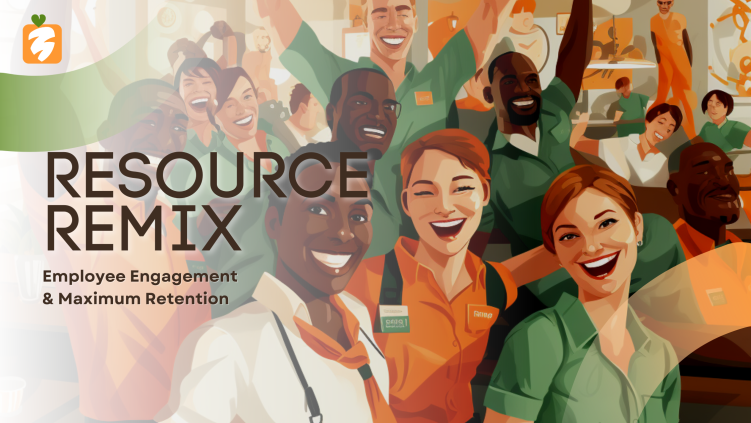The Psychology Behind Incentives & Employee Motivation
Haven’t We All Been There?
Many of us are introduced to incentives at a very early age. I’m sure we all know of someone (or maybe we were that someone) who was incentivized to make good grades in school by promises of financial rewards, an allowance boost, or even a trip to the toy store. Or maybe you think I’m insane for even mentioning that. Whichever camp you fall into, you have most likely either been incentivized, incentivized someone else, or both.
Why Do Incentives Even Work?
Why are incentives so effective? What is it about being offered something, tangible or not, that makes us want to complete the requested task? Perhaps the most important question of all is even simpler. What is it about an incentive that has the potential to make even the worst situations a little more bearable? Let’s explore why that might be.
Back to the Basics
Some say that employee motivation boils down to Maslow’s Hierarchy of Needs , which actually makes a lot of sense. Starting with the most basic needs, the hierarchy includes survival, security, inclusion, recognition, and self-awareness.This explains why employees who work hourly jobs for low wages are harder to retain. On the other hand, employees who feel needed and valued are more likely to be in it for the long haul. The only thing that can make these employees even more likely to stay is an increase in recognition. One form that this can take is that of an increased incentive structure.
Perceived Value
Incentives are essentially rewards. They are little pats on the back for a job well done. It seems like a simple concept, but there is actually a lot going on in the psychology behind incentive structures. Incentives work primarily because they have perceived value for the person who is being rewarded. My perceived value is different from yours. This is because we all have and appreciate different things. However, there are a few things that most people can agree are always needed: time and money. Employees want incentives when the incentives being offered make them feel like they are valued.
What’s Not to Love?
A fairly recent study showed an intense correlation between tasks, rewards, and pleasure centers in the brain. When we complete a task and are rewarded, no matter how small the reward might be, we naturally want to complete the task again. Of course, the value of the ward heavily determines the lengths to which we will go to accomplish the task again. At CAREit , we understand what is important to our employees. We have created an incentive system based on in-depth research. Through our app, employees are able to have much more hands-on interactions with their own incentives. This lets them adjust their time worked so that they can earn incentives that they find valuable. This type of incentive system has been proven to improve employee retention, satisfaction, morale, motivation, and productivity. What’s not to love?













